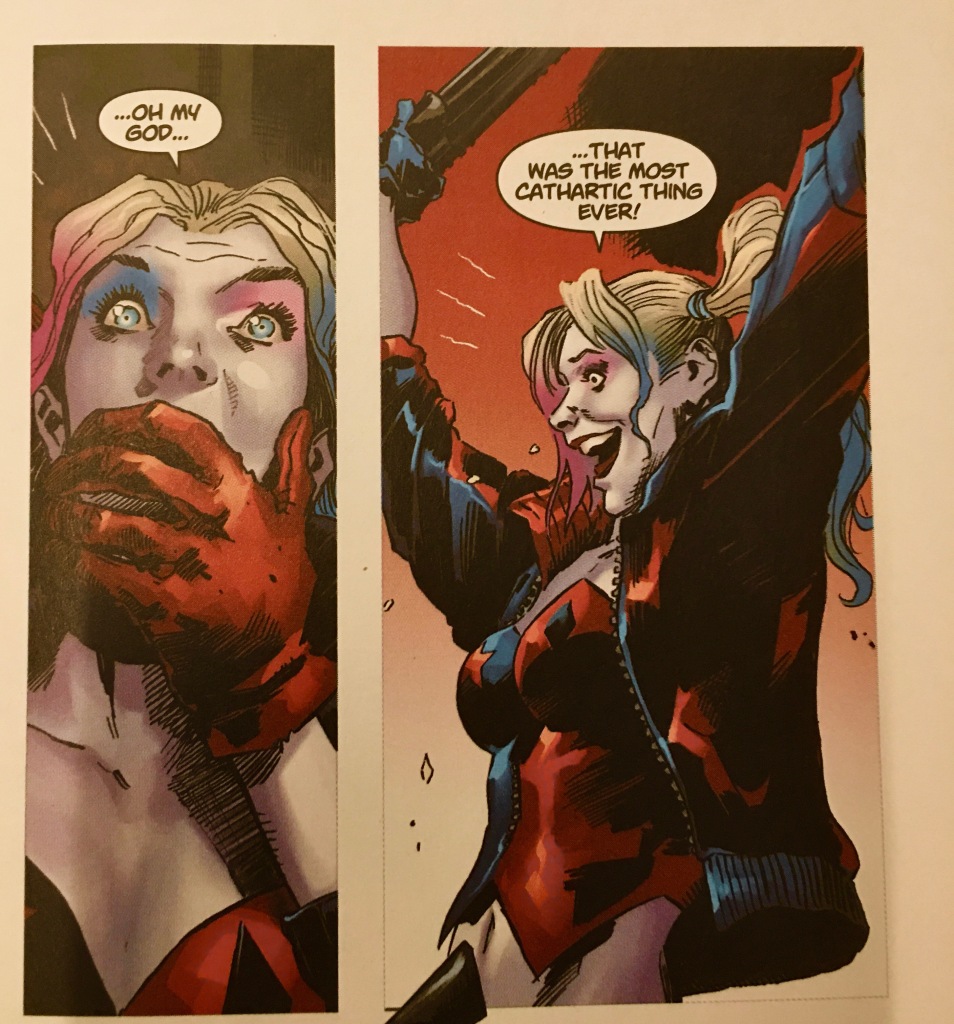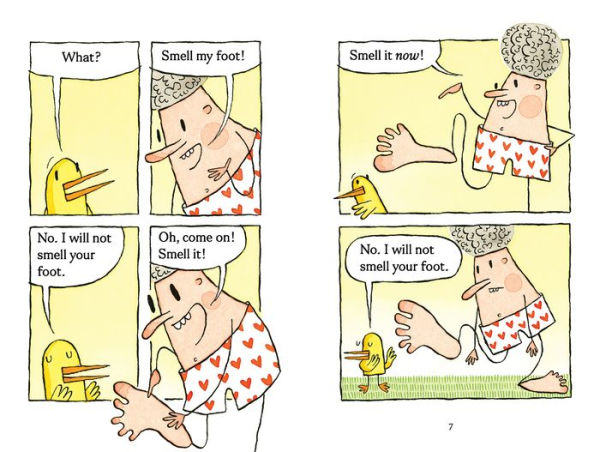
AMERICANA (and the act of getting over it), by Luke Healy, (Nobrow press 2021).
AMERICANA is the graphic novel cousin to various hiking travelogues you may have read (Bill Bryson’s A Walk in the Woods; Wild by Cheryl Strayed ). In Americana, Irishman Luke Healy takes us with him on an amble up the Pacific Crest Trail. Along the way the affable narrator bumbles into acquaintances with the various trail characters you encounter on this sort of journey.
Out of shape, yet determined, Healy makes a fine traveling companion for the reader to tag along with. He tackles a seemingly impossible journey with little preparation but a desperate enthusiasm and an affable nature that allows him to tag along with more experienced hikers. Along the way he indulges in musings on what it is about this country that makes it both compelling and baffling to folks the world over.
The walk is in fact something of a pilgrimage. As a kid in Ireland America was a magical land far away beyond the sunset. He spent his 20’s in a cycle of emigration and expiring visas, trying as hard as he could to live in the United States. Walking the PCT is experienced as yet another attempt to truly immerse himself in America, in whatever way it will let him. “Despite my better sense, and ample experience in post-American heartbreak. Here I am. Again. The American allure built deep into my soul pulls me along for another ride.”
An alumnus of the Center for Cartoon Studies (founded by comics stalwart James Sturm) Healy is a thoughtful and clear-eyed draftsman. Cartoonists from this tiny school in Vermont seem to churn out uniformly impressive and carefully thought out work. Healy knows how to pace himself, how to appreciate space between thoughts, how to play with time in pictures. As you would expect the book is largely ‘sequential art’ (ie. drawn in comics format) but Healy breaks out into sections of prose to dive in closer deoth on thoughts that are less easily rendered in cartoons or require more words than images. This hybridization works well to keep the story moving forward and allow you a peek into his thought process as he waffles about quitting or continuing on his journey.
That drama is inherent in the story. The fun of a travel journal is that we get to read the adventures as they happen, without knowing the outcome in retrospect, aside from the fact that he clearly survived to write a comic about it. The prose sections and memoirs are written in a reflective musing retrospect, but the thru-hiking sections of the book are written in present tense, leaving the reader to wonder whether he will or will not quit when the road becomes too difficult.
Whether he does or does not I won’t say, I will say that the eventual conclusion of the story proves satisfying if not necessarily cathartic.
Appropriate for all ages, recommended for anyone who enjoys a walking companion and has some questions to work out along the way.












